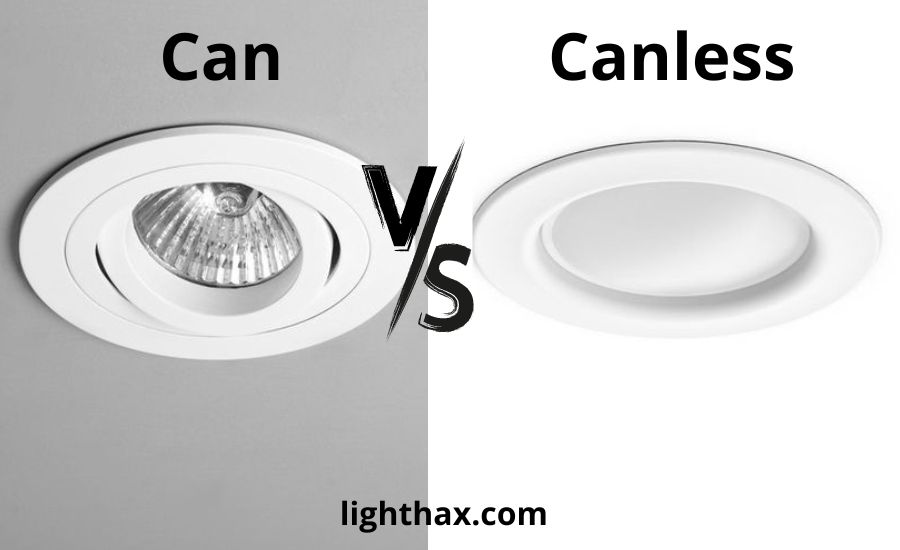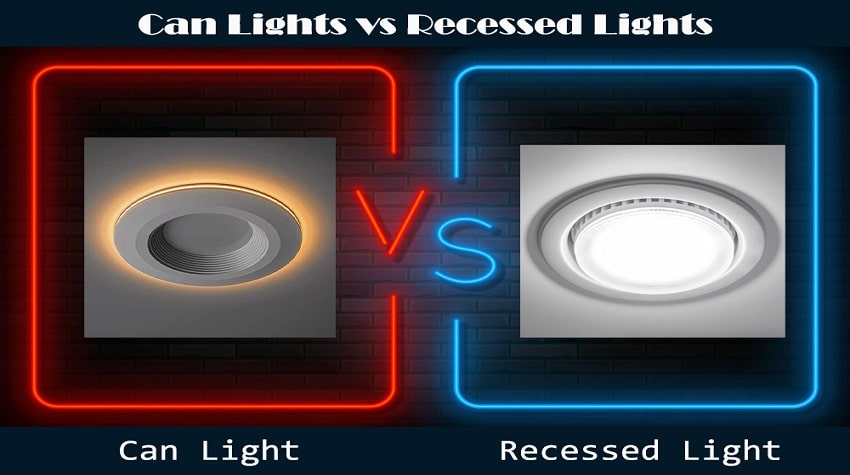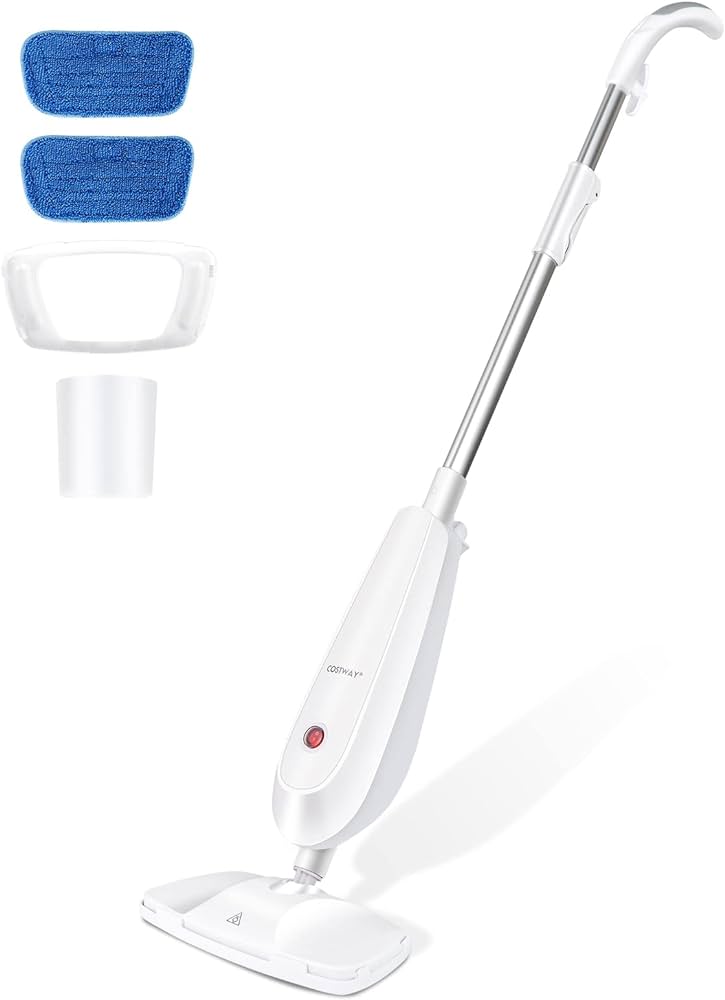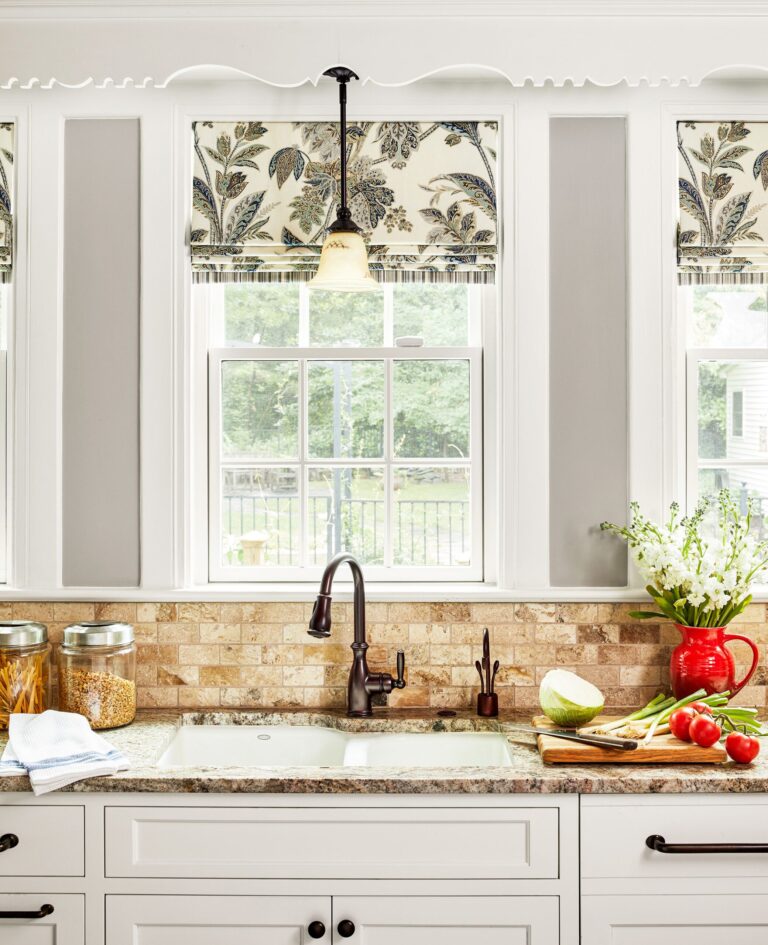Canless Vs Can Recessed Lighting
Canless vs Can Recessed Lighting is a debate that has been going on for years. Canless recessed lighting is a type of lighting fixture that does not require a traditional metal can like a recessed light. Instead, it is a self-contained unit with a light source and trim all in one unit. Can Recessed Lighting is the traditional recessed lighting that is installed in a ceiling or wall and has a metal can that houses the light source. Both types of lighting offer different advantages and disadvantages depending on the application. Both types of lighting are available in a variety of styles, sizes, and colors, making it easy to find the perfect lighting for any space. Ultimately, the decision between Canless and Can Recessed Lighting is up to the user’s personal preference.
Definition of Canless & Can Recessed Lighting
Recessed lighting is a popular choice for many homeowners and businesses, offering a wide variety of lighting solutions and designs. But when it comes to recessed lighting, how do you decide between canless and can recessed lighting?
Canless recessed lighting is a type of lighting that has no can or housing. Instead, the fixture is mounted directly to the ceiling or wall, making it a more streamlined and cost-efficient solution. Canless recessed lighting is a great choice for those who want to save money and space, as the lack of can means that less material is needed.
Recessed lighting, on the other hand, is a type of lighting that has a housing or can that holds the light fixture. This can help to direct the light more effectively, creating a more focused beam of light. Additionally, they can protect the light fixture, making it a more durable solution.
Ultimately, the decision between canless and can-recessed lighting should depend on your individual needs. If you are looking for a more streamlined and cost-efficient solution, can less recessed lighting may be the right choice. On the other hand, recessed lighting may be the better option if you are looking for a more focused and durable solution.
Canless Recessed Lighting
Canless recessed lighting is becoming increasingly popular due to its numerous benefits. This type of lighting is beneficial compared to traditional can lighting in a variety of ways. One of the biggest advantages is that canless recessed lighting doesn’t require a housing can, which can be difficult and time-consuming to install. It is a much simpler and cost-effective solution for lighting up a room.
Canless recessed lighting is also often more energy efficient than can lighting. This is because the canless versions are usually LED, which uses less electricity than traditional bulbs and gives off a brighter light. Additionally, they generally last longer than other types of bulbs, which means you won’t have to replace them as often.
Canless recessed lighting also offers more flexibility when it comes to design. Since there is no housing, you can install the lights in a variety of locations and angles. This makes it easier to customize the look and feel of a room. You can choose from a wide variety of colors and sizes to get the perfect look for your space.
In conclusion, canless recessed lighting has numerous benefits compared to its traditional can lighting counterpart. With its easy installation and energy-efficient design, it’s the perfect solution for any lighting needs. Plus, its flexibility in design allows for more creative customization. So, if you’re looking for an efficient and stylish lighting solution, canless recessed lighting is worth considering.
Installation of Canless Recessed Lighting
Installing recessed lighting can be a daunting task, especially for the inexperienced DIYer. However, the recent development of canless recessed lighting has made it much easier and more cost-effective to install recessed lighting. Canless recessed lighting, which utilizes a single housing unit instead of separate cans for each light, is becoming increasingly popular due to its simplicity, ease of installation, and cost savings.
The installation of canless recessed lighting is quite straightforward and does not require any additional wiring. It is easily mounted to the ceiling using the provided mounting brackets and requires only a few simple steps to complete. The housing unit is typically much smaller than traditional cans, making it easier to fit into tight spaces. Furthermore, since the housing unit contains all components of the lighting fixture, there is no need for additional parts or accessories.
In summary, canless recessed lighting is an excellent option for those looking to install recessed lighting. Its simplicity and ease of installation make it a great choice for DIYers, and its cost savings make it a great option for those on a budget. So, if you’re looking for a cost-effective and easy-to-install recessed lighting option, canless recessed lighting is a great choice to consider.

Installation of Can Recessed Lighting
Can recessed lighting is a common choice for many homeowners looking to improve the lighting in their home. Unlike canless lighting, installing recessed lighting is a bit more involved. It requires cutting a hole in the ceiling to fit the housing and can, wiring the light to an existing junction box, and ensuring the proper safety measures are taken.
The process can be made easier with the help of a professional electrician who can help with the installation and ensure that the wiring is done safely and properly. Additionally, it is important to make sure that the light you choose is compatible with the can size and is rated for the wattage you need.
Can recessed lighting offers more customizable options than canless lighting, as you can choose from a variety of options, from adjustable cans to color temperature and dimming features. The installation process may be more complex, but the results are often well worth the effort.
Cost Comparison of Canless & Can Recessed Lighting
As an important part of any interior lighting plan, recessed lighting can be a great way to create an inviting atmosphere. But when it comes to choosing the right type of recessed lighting, the options can be daunting. While the classic choice is the traditional can lighting, there is also the increasingly popular canless recessed lighting. So which option is better? In this article, we’ll compare the cost of canless vs can-recessed lighting to help you make the best decision for your home.
Can recessed lighting is the more traditional choice, and it is often more cost-effective than fewer options. However, this type of lighting requires additional installation, as it involves cutting into the ceiling to create a recessed area for the light fixture. This can add significantly to the total cost of installation. Additionally, recessed lighting can be more difficult to maintain and replace over time, as the fixtures are set into the ceiling and require additional effort to remove.
Canless recessed lighting, on the other hand, is becoming increasingly popular. This type of lighting is much easier to install, as it does not require any cutting into the ceiling. This makes it more affordable than recessed lighting, and it is also much easier to replace or maintain. Canless recessed lighting is also a great option for those who don’t want to take on the extra installation work required for can-recessed lighting.
When choosing between canless and recessed lighting, it’s important to consider the overall cost. While recessed lighting may be more cost-effective initially, the cost of installation and maintenance can add up over time. Canless recessed lighting can be more expensive upfront, but it is easier to install and maintain, and it may end up costing less in the long run.
Maintenance & Troubleshooting of Canless & Can Recessed Lighting
Recessed lighting can be an effective way to light up a room, but choosing the right type of recessed lighting fixture for your needs can be a difficult decision. Canless and recessed lighting are two of the most popular options, and each has its advantages and drawbacks. When considering either type of recessed lighting, it is important to consider the maintenance requirements and troubleshooting options available.
Canless recessed lighting is a type of recessed lighting that does not require a can or housing. This type of lighting offers several advantages, including lower installation costs, easy installation, and a clean, modern look. However, it can be more difficult to troubleshoot canless lighting, as there can be a lack of access to components. It is also important to ensure that the surrounding insulation is kept away from the fixtures, as this can cause overheating.
Recessed lighting, on the other hand, is a type of recessed lighting that requires a can or housing. This type of lighting is often preferred for its durability and ease of access to components. In addition, recessed lighting typically requires less maintenance than canless lighting, as the housing can protect the components from dust and debris. However, recessed lighting can be more difficult to install, as it often requires specialized tools and equipment.
Final Word on Canless vs Can Recessed Lighting
Choosing between canless or recessed lighting for your home can be a daunting task. With so many options on the market, it can be difficult to understand the differences between them and decide which one is best for your situation. To help you make an informed decision, it’s important to understand the differences between the two options.
Canless recessed lighting is an energy-efficient, low-maintenance option that is easy to install. It also provides a modern, clean look to your home while still providing ample light. On the other hand, recessed lighting is a versatile option that can create different lighting effects and is often more affordable. However, it can be more difficult to install and replace and may require more maintenance.
When choosing between canless or recessed lighting, it’s important to consider your needs, budget, and aesthetics. Canless lighting can be a great option for a modern, energy-efficient home, while can recessed lighting can provide a more traditional look. Consider the pros and cons of both options before making a decision. Ultimately, the most important factor is finding the option that works best for you and your home.
FAQs About the Canless Vs Can Recessed Lighting
Q1. What is the difference between canless and recessed lighting?
A1. Canless recessed lighting is a type of lighting fixture that does not require a can or housing, while can-recessed lighting requires a can or housing to be installed. Canless recessed lighting is typically easier to install, and is often more aesthetically pleasing than can recessed lighting.
Q2. Is less recessed lighting more efficient than can-recessed lighting?
A2. Yes, can-less-recessed lighting is more energy efficient than can-recessed lighting due to its lack of a can or housing. This allows for more of the light to be directed downwards, resulting in less wasted light.
Q3. Are there different types of candles and recessed lighting?
A3. Yes, there are different types of candles and recessed lighting available, depending on the size, shape, and wattage of the light. Canless recessed lighting is usually available in sizes ranging from 4-inch to 12-inch, while can recessed lighting is available in sizes from 4-inch to 6-inch.
Conclusion
Canless vs Recessed Lighting is a comparison between two types of lighting solutions, each with different advantages and disadvantages. Canless recessed lighting is an energy-efficient option that is easy to install, but may have limited light output. Can recessed lighting is a more traditional option that may provide better light output, but may cost more and be more difficult to install. Both lighting solutions can provide excellent lighting solutions, but depending on the user’s needs, one may be more suitable than the other.






